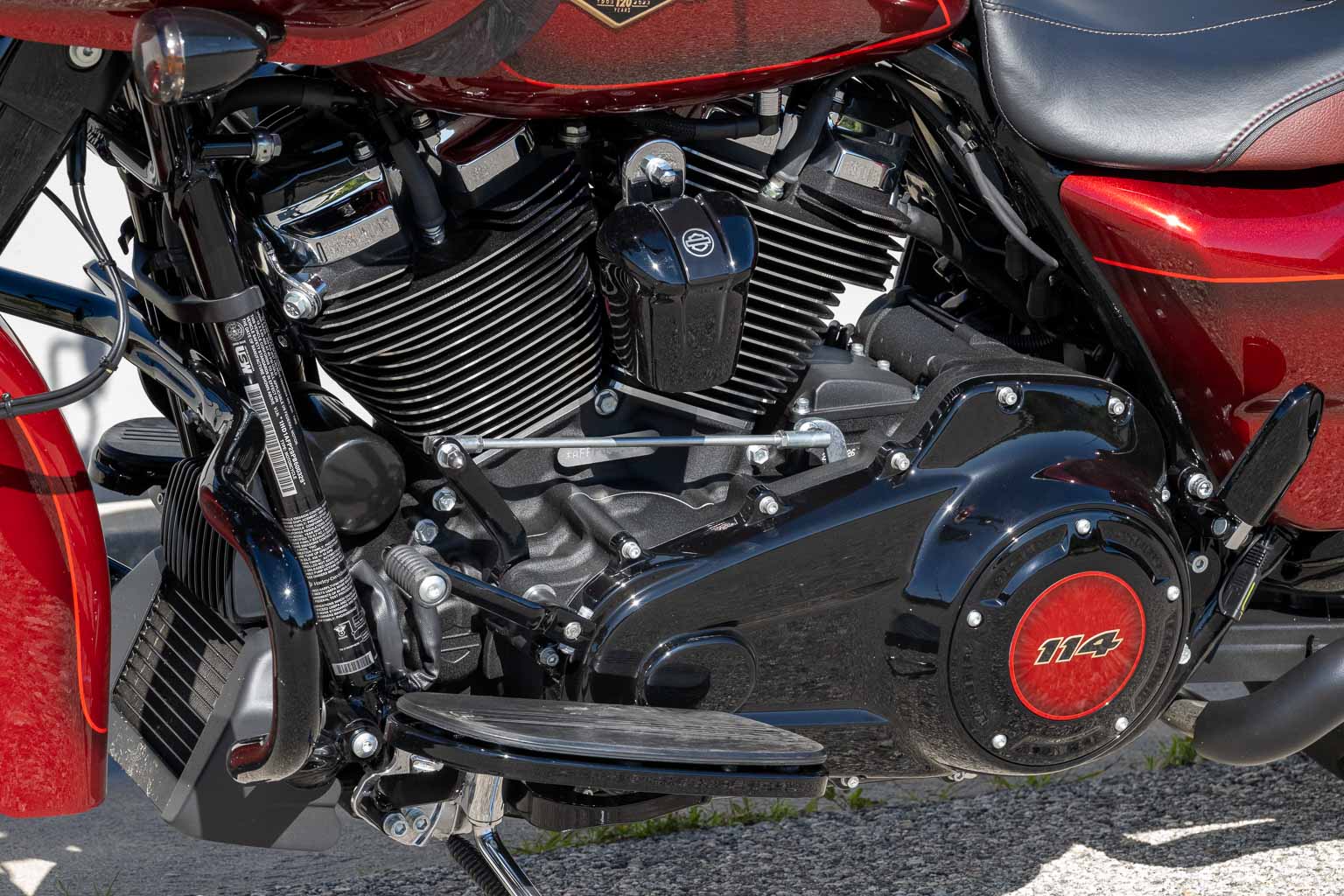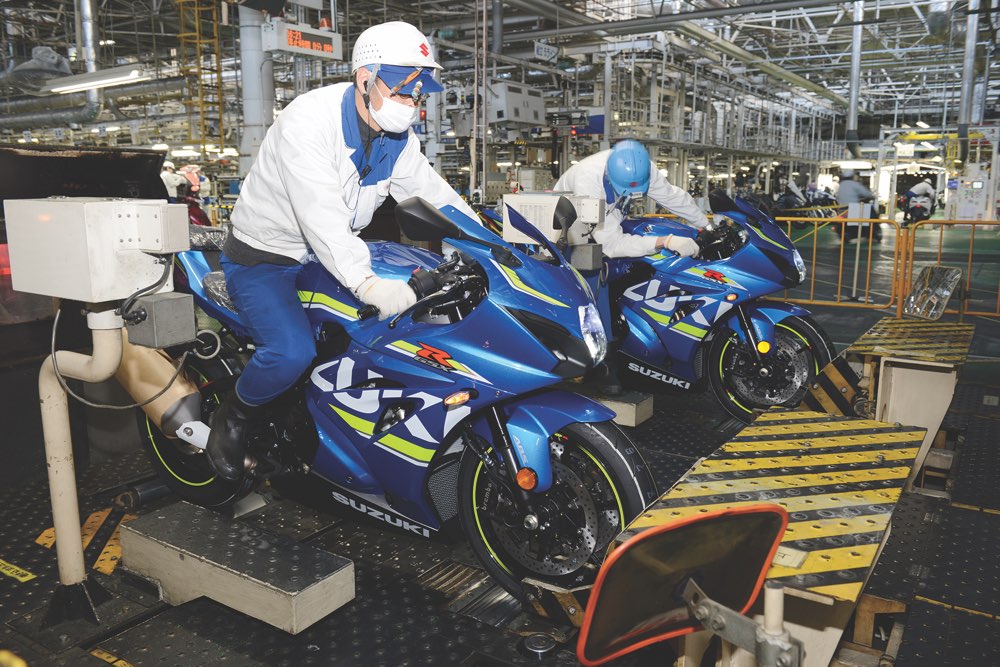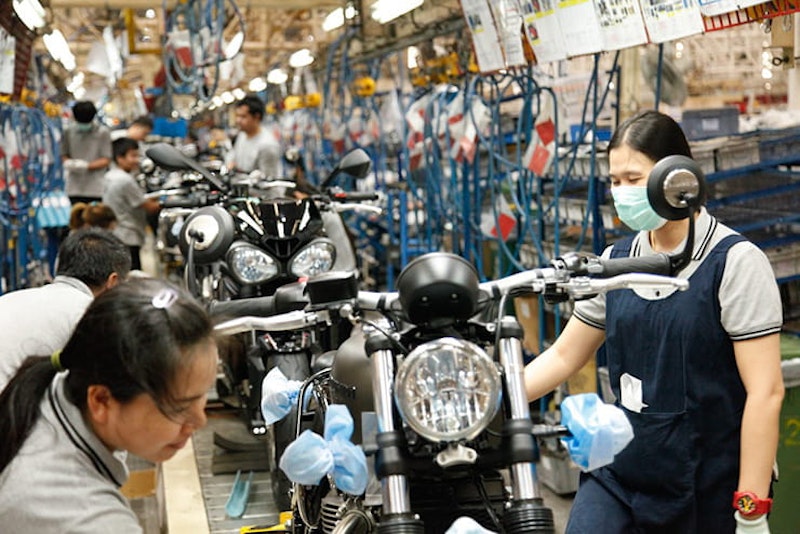Painting motorcycle plastics can be both a rewarding and intimidating task. Whether you’re a seasoned rider or a novice enthusiast, the desire to personalize and rejuvenate your bike is universal. In this terrific guide, we will explore the systematic process of how to paint motorcycle plastics, ensuring a tremendous and long-lasting finish that will leave you delighted.

Why Paint Your Motorcycle Plastics?
The reasons for painting motorcycle plastics can vary. For some, it’s about restoring old, faded parts to their former glory. For others, it’s a matter of personalization and making their bike stand out. Whatever your reason, painting can significantly improve the aesthetics and even the value of your motorcycle.
Safety First: Preparing for the Task
Before diving into the actual painting process, it’s essential to prioritize safety. Ensure you’re working in a well-ventilated area to avoid inhaling harmful fumes. Wearing protective gear such as masks, gloves, and goggles is crucial to protect yourself from potential hazards.
Tools and Materials You’ll Need
Having the right tools and materials is imperative for achieving a professional finish. Here is a list of what you’ll need:
- Plastic cleaner
- Sandpaper (various grits)
- Primer
- Paint (spray cans recommended)
- Clear coat
- Masking tape
- Drop cloths or newspaper
Step-by-Step Process to Paint Motorcycle Plastics
1. Cleaning the Plastics
Begin by thoroughly cleaning the plastics to remove any dirt, grime, or old paint residue. You’ll want to use a specialized plastic cleaner to ensure the surface is spotless. This step is crucial for the paint to adhere properly.
Importance of Surface Preparation
Surface preparation is arguably the most critical step in the painting process. Properly cleaned and sanded surfaces ensure that the paint bonds well, leading to a smooth and durable finish.
2. Sanding the Plastics
Once clean, you’ll need to sand the plastics to create a rough surface for the primer to adhere to. Start with a coarser grit sandpaper and gradually move to a finer grit. Be sure to sand evenly to avoid any uneven spots.
Sanding Techniques
Use circular motions while sanding and make sure to cover all areas, including corners and edges. This will help to achieve a consistent surface that’s ready for primer.
3. Applying Primer
Priming is a vital step that should not be skipped. A good primer will help the paint adhere better and provide a uniform base color. Apply the primer in even coats, keeping the spray can at a consistent distance from the surface.
Choosing the Right Primer
Ensure that you choose a primer specifically designed for plastic surfaces. This will make a significant difference in the quality and longevity of your paint job.
4. Painting the Plastics
After the primer has dried, it’s time to apply the paint. Use light, even coats to avoid runs and drips. Patience is key here; multiple thin layers will yield the best results.
Painting Tips
Always follow the manufacturer’s instructions on the spray can for best results. It’s also advisable to practice your spraying technique on a piece of scrap material before tackling the actual part.
5. Applying Clear Coat
The clear coat is the final step in the painting process. It adds a protective layer that will help to preserve the paint and give it a glossy finish. Apply it in the same manner as the paint, using light, even coats.
Choosing a Quality Clear Coat
A high-quality clear coat will protect against UV rays and minor scratches, ensuring your paint job remains pristine for longer.
Maintenance Tips for Painted Motorcycle Plastics
Once you’ve completed the painting process, proper maintenance will ensure your finish remains vibrant and intact. Here are some tips:
- Avoid harsh chemicals
- Regularly clean with mild soap and water
- Use a UV protectant spray
Common Mistakes to Avoid
Even with the best intentions, mistakes can happen. Here are some common pitfalls to avoid:
- Skipping the primer
- Rushing the sanding process
- Applying too thick a coat of paint
- Neglecting safety precautions
Conclusion: Achieving a Tremendous Finish
Painting your motorcycle plastics can be a highly rewarding endeavor. By following this approved guide, you’ll be equipped with the knowledge and techniques to achieve a professional finish. Remember, patience and attention to detail are your best allies. With these, you can transform your motorcycle into a unique masterpiece that reflects your personality and style.

FAQs
1. What type of paint should I use for motorcycle plastics?
It’s recommended to use paints specifically designed for plastic surfaces. These paints adhere better and offer more durability.
2. How long does the painting process take?
The entire process, including drying times between coats, can take several days. Patience is key for achieving the best results.
3. Can I paint over existing paint?
It’s best to sand down the existing paint to create a suitable surface for the new paint to adhere to.
For more detailed instructions on painting motorcycle plastics, you can visit this guide.
Also, you can explore other resources on high-speed genetic analysis and sequencing monitoring on genetic analysis and semiconductor inspection.
